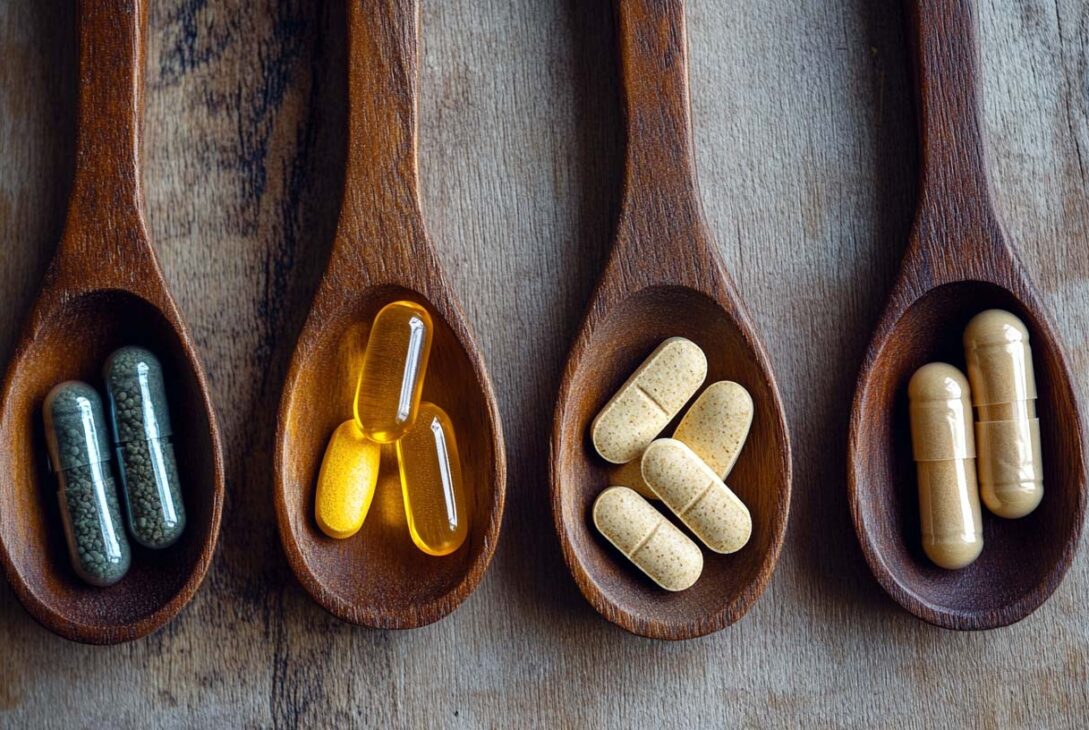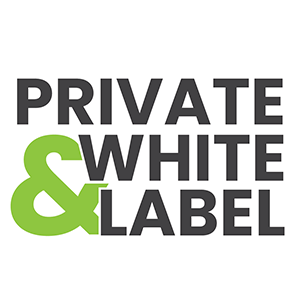Introduction
In recent years, CBD (cannabidiol) has surged in popularity across the United States, often hailed for its potential benefits — from alleviating chronic pain and anxiety to promoting better sleep. However, with its rise in use comes the important question of how to safely incorporate CBD alongside other supplements or medications. As with any substance that interacts with the body, understanding these interactions is crucial for ensuring safe and effective use. This guide seeks to explore how CBD interacts with other supplements and provide a roadmap for safe combination practices.
Understanding CBD and Its Metabolism
CBD is primarily metabolized in the liver through a group of enzymes known as cytochrome P450 (CYP450). These enzymes play a pivotal role in breaking down various drugs and supplements, which can lead to significant interactions.
The CYP450 Pathway
The CYP450 pathway is essential in this context because many medications and supplements are metabolized using these same enzymes. When CBD enters the system, it can inhibit or compete with these enzymes, altering the concentration of other substances in your body.
Potential Interactions
Understanding specific interactions can help prevent adverse effects. Here are some notable examples of potential interactions involving CBD:
- Benzodiazepines: Medications such as clobazam, diazepam, and lorazepam can experience increased blood levels when CBD is taken concurrently. This result can lead to enhanced sedation and coordination problems, presenting safety concerns especially in activities like driving.
- Antidepressants: CBD’s impact on certain antidepressants might affect their metabolism leading to increased side effects, highlighting the need for careful monitoring when combining these treatments.
- Blood Thinners: CBD has the potential to interact with warfarin, a commonly used blood thinner, which can modify its efficacy and heighten the risk of bleeding. Regular monitoring of blood levels may be necessary.
- Immunosuppressants: Interactions between CBD and immunosuppressants like tacrolimus or cyclosporine could lead to elevated levels in the body, heightening the risk of side effects.
- Proton Pump Inhibitors (PPIs): CBD can interfere with PPIs such as omeprazole and pantoprazole, likely resulting in increased side effects or altered efficacy.
Safety Guidelines for Combining CBD with Other Supplements
To navigate the complexities of CBD integration into your supplement regimen, consider the following safety guidelines:
Consult Your Healthcare Provider
Before introducing CBD into your routine, consulting with your healthcare provider or pharmacist is crucial. They can review your medications and help you understand potential interactions, strategizing the best way forward.
Monitor for Side Effects
Being aware and vigilant about side effects is key. Common side effects of CBD may include:
- Drowsiness
- Lightheadedness
- Nausea
- Diarrhea
- Dry mouth
In rare instances, liver damage has been reported. If any unusual or severe side effects occur, discontinue use and seek medical advice promptly.
Start with Low Doses
When incorporating CBD, it’s wise to start with a low dose. Gradually increasing your dosage allows your body to adapt and helps to minimize the potential for adverse interactions.
Choose Reputable Sources
Opt for high-quality CBD products from reputable vendors with third-party testing and clear labeling. Transparency ensures that you receive what is promised without harmful contaminants.
Specific Considerations for Vulnerable Populations
Some groups may require more careful management when using CBD.
Older Adults
Older adults often take multiple medications, which increases susceptibility to interactions. This population should particularly ensure close monitoring by healthcare providers when adding CBD to their regimen.
Pregnant or Breastfeeding Women
Research on the safety of CBD during pregnancy and breastfeeding remains limited. The potential risks to fetal development and the mother’s health warrant caution. Women in these circumstances should consult healthcare providers before considering CBD.
Children
Children are especially vulnerable to accidental ingestion and potential harm from CBD. It’s important to keep CBD products out of reach and advocate for regulatory measures that ensure safe usage among youth.
The Grapefruit Test
The “grapefruit test” serves as a helpful analogy in understanding potential interactions. If a medication warns against consuming grapefruit, it likely indicates that CBD could have similar effects. This rule of thumb can guide your understanding of possible interactions with medications you may be using.
Conclusion
Combining CBD with other supplements can be a safe addition to your wellness routine when approached with caution and informed guidance. Here are the key points to remember:
- Consult Healthcare Providers: Always discuss new supplements with your healthcare provider to ensure safety.
- Monitor Side Effects: Keep track of any side effects and be prepared to adjust your dose if necessary.
- Choose Reputable Sources: Purchase CBD from reliable vendors to ensure product quality.
- Start with Low Doses: Begin with small amounts of CBD, gradually increasing as needed under professional guidance.
- Consider Vulnerable Populations: Exercise extra caution with older adults, pregnant or breastfeeding women, and children.
By being diligent and informed about your health decisions, you can navigate the integration of CBD alongside other supplements effectively, benefiting from its properties while minimizing any potential risks.
Actionable Tips
- Research Thoroughly: Investigate potential interactions and consult trusted sources before beginning any new supplement.
- Keep a Medication Log: Document all medications and supplements you take to better monitor interactions.
- Regular Health Check-Ups: Schedule periodic evaluations with your healthcare provider to assess any health changes associated with new supplements.
Next Steps
If you’re considering adding CBD to your wellness routine, take these proactive steps:
- Consult Your Healthcare Provider: Review your current medications and get tailored advice.
- Choose a Reputable Vendor: Look for transparency in sourcing and testing.
- Start with Low Doses: Begin slowly and pay attention to how your body responds.
By remaining informed and thoughtful, you can create a safe and beneficial experience with CBD and its integration into your broader supplement regimen.



















